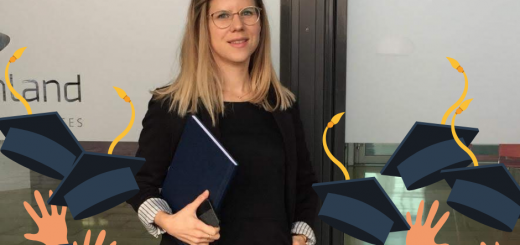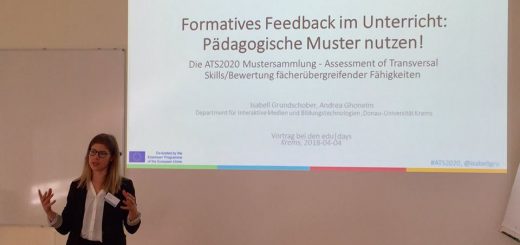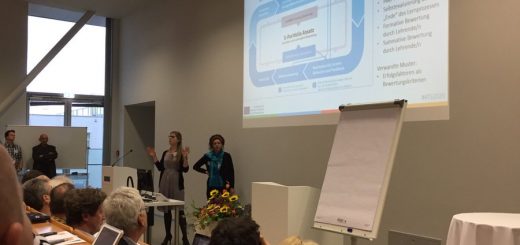Finding Patterns: Pattern Mining
What is happening during pattern mining? How can patterns be found and how are pattern languages created? This blogposts tries to explain the process, gives hints and links to further literature.
Miners Are Digging into Earth…
“Miners dig into earth in search of nuggets of treasure. The minded elements must be separated from the surrounding residue. There is, however, a certain predictability to mining. Mining engineers tend to know where to excavate for the minerals they seek. What they find is not always of high quality, just as patterns vary in usefulness.” (DeLano 1998, p.88)
Looking for patterns in practice is very similar to the mining process.
3 Ways of Pattern Mining
DeLano (1998) described three categories of pattern mining:
- Individual contributions: “Individual contributions can be based on the expertise of the individual writing the pattern or on the experiences of the individual and his or her associates.” (DeLano, 1998, p.90)
- Second-hand contributions: “Secondhand contributions can come from interviews with exerts from the experience of others, or from facilitating the effort of another pattern writer.” (DeLano, 1998, p.92)and
- Pattern mining workshops: At pattern mining workshops several participants are invited, DeLano reported about a number of 10 people. It also included a moderator and facilitator, who kept the discussions moving. (DeLano, 1998, p.94)
How to Cluster Notes During Pattern Mining?
“Always think of the notes in terms of why it is important, and less about the actual actions being taken. Think of the distance between the notes in terms of similarity in its Problem or Context, and less about its Solution and Actions taken.” (Iba, Isaku, 2012, p14)
How to Choose a Good Pattern Name?
“Ideally, the name of the pattern should crystallise a valued element of design experience and help relate it to other design elements such that we can create and use a pattern language.” (Goodyear 2004, p. 342)
Why a Pattern Language and Not Simply a Few Patterns?
“But Design patterns on their own are rather hard to evaluate and to use. They gain a great deal of meaning and strenght from their position in a structure, an especially a sequence, of other patterns.” (Goodyear 2004, p. 343)
The citation shows the power of pattern languages. The pattern on its own is too much out of context – it is much more meaningful if you realize the whole context within a pattern language, its relation to other patterns.
An Experiment: A Pattern Language Remix
What I am now trying out for the project ATS2020 is to use existing patterns for feedback and assessments, deriving from different pattern languages, for creating (an attempt) to create a new language, tailored to the needs of ATS2020. I’ll keep you posted….
Literature
DeLano, D. C. (1998). Patterns Mining. In L. Rising (Ed.), The Patterns Handbook. Techniques, Strategies, and Applications. (pp. 87–98). New York: Cambridge University Press.
Goodyear, P. (2004). Patterns, pattern languages and educational design. In R. Atkinson, C. McBeath, D. Jonas-Dwyer & R. Phillips (Eds), Beyond the comfort zone: Proceedings of the 21st ASCILITE Conference (pp. 339-347). Perth, 5-8 December. https://www.ascilite.org/conferences/perth04/procs/pdf/goodyear.pdf
Iba, T., Isaku, T. (2012). Holistic Pattern-Mining Patterns: A Pattern Language for Pattern Mining on a Holistic Approach. In: Proceedings of the 19th Conference on Pattern Languages of Programs. Tucson, Arizona, USA. http://www.hillside.net/plop/2012/papers/Writing%20Group/Holistic%20Pattern-Mining%20Patterns.pdf



